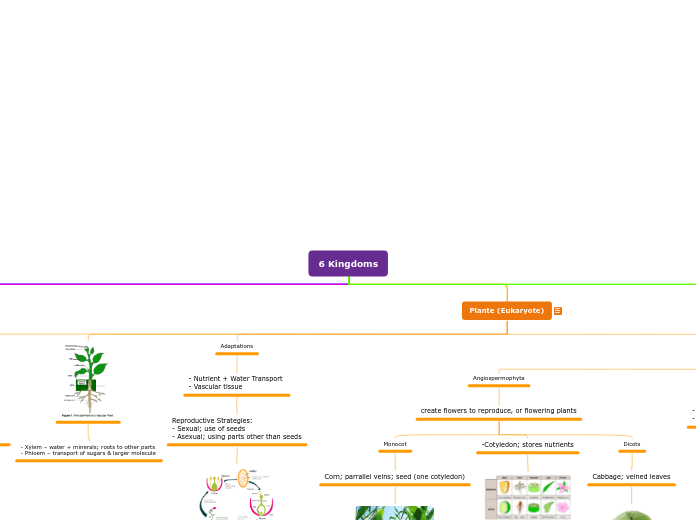6 Kingdoms
Archaebacteria (prokaryote)
Defining Characteristics
-Anaerobic: without oxygen
-No peptidoglycan in cell walls

Extremophiles - tolerate
extreme conditions like
1 Example; Methanogens
- Coccus and bacillus
- Consume CO2 and H and release CH4
Eubacteria (Prokaryote)
Defining Characteristics
- Photosynthetic Bacteria → autotrophs
- Chemosynthetic Bacteria → heterotrophic
- Binary Fission;(asexual)
- Conjugation; (sexual)
- Cell walls with peptidoglycan
- Aerobic or anaerobic
3 Major Morphologies
Coccus (circular shape)
Streptococci are gram-positive aerobic; pneumonia
Bacillus (rod Shaped)
nonmotile gram-negative; rat bite fever
Sprillium&Spirochetes (spiral shaped)
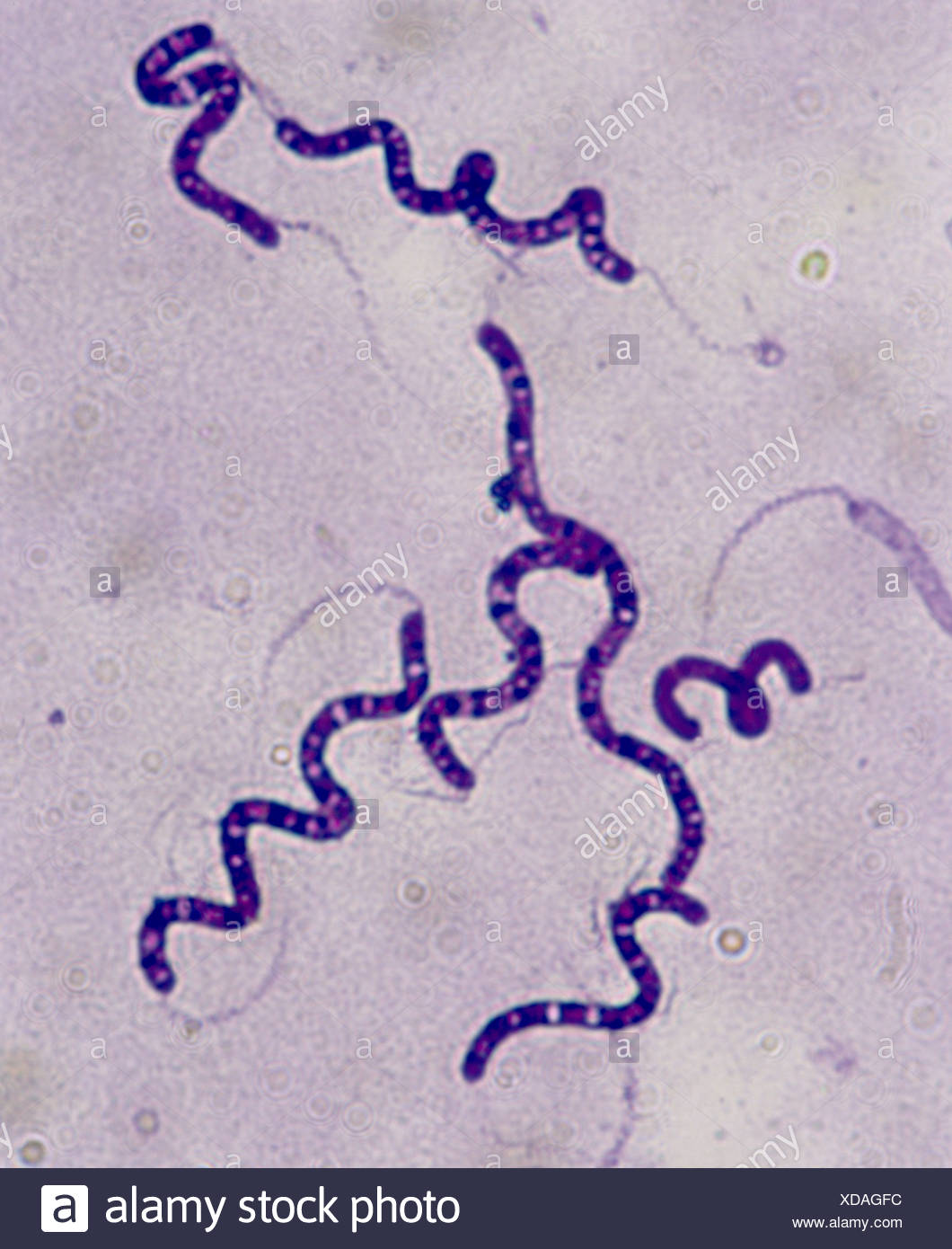
Sprilllium is thick and rigid aquatic
infection caused by the bacterium Spirillum minus; transmitted to humans by the bite of an infected rat
- Pathogen; disease-causing microorganism
- Once it gains entrance to body, it will produce toxins harmful to host
Protists (Eukaryote)
Defining Characteristics
- ALL protists are aquatic
- Able to move (motile)
3 Main Groupings
Protozoa (Animal-like)
- Single-celled, heterotrophs; motile
- Reproduce; binary fission or conjugation
Flagellates: Some move with flagella; binary fission
Giardia; from contaminated water causes “beaver fever”
Plant-like
+ chlorophylls – photosynthetic
- Single-celled or multicellular
Diatoms
containing chlorophylls; undergo photosynthesis
- single-celled, colonies
- (make ½ of oxygen on planet)
eg. phytoplankton
Fungus-like
- Decomposers, like fungi
- Can move, like animals
- Unicellular; heterotrophs
Water moulds; freshwater
Great Potato Famine
parasites of plants or fish
Fungi (Eukaryote)
Defining Characteristics
- No chlorophyll – non photosynthetic
- Most multicellular; some unicellular
- Cell walls made of chitin; Heterotrophic
4 Major Phyla
Produce spores; asexual and sexual life cycles; non motile
Mushrooms let out spores; meet other spores and become a new fungi; Sexual rep.
Zygomycota; sexual and asexual
Water moulds; zoospores; asexual and sexual
Yeast are unicellular and divide into new fungal cells (mitosis); sexual or asexual
Plante (Eukaryote)
Defining Characteristics
- Cell walls made of cellulose
- Store food in the form of starch
- Develop from embryos
- Evolved from chlorophyte algae; green algae (a protist)
- Xylem – water + minerals; roots to other parts
- Phloem – transport of sugars & larger molecule
Adaptations
- Nutrient + Water Transport
- Vascular tissue
Reproductive Strategies:
- Sexual; use of seeds
- Asexual; using parts other than seeds
4 Phyla
Angiospermophyta
create flowers to reproduce, or flowering plants
Monocot
Corn; parrallel veins; seed (one cotyledon)

-Cotyledon; stores nutrients
Dicots
Cabbage; veined leaves

Coniferophyta
- Stand both the heat and cold
- Produce cones and needles or spiky leaves.
Pine; cones & spikes

Filicinophyta
- Full-sized roots and leaves; produce spores
- Some are aquatic or even grown on other trees
Lady fern

Bryophyta
- No vascular structure; rhizoids, attach the mosses to a surface (moist areas)
- Stop reproducing when dried out
Hylocomium splendens; Mountain fern moss

Animalia (Eukaryote)
Porifera (sponges)

Cnidaria (jellyfish/coral)

Platyhelminthes (flatworms)
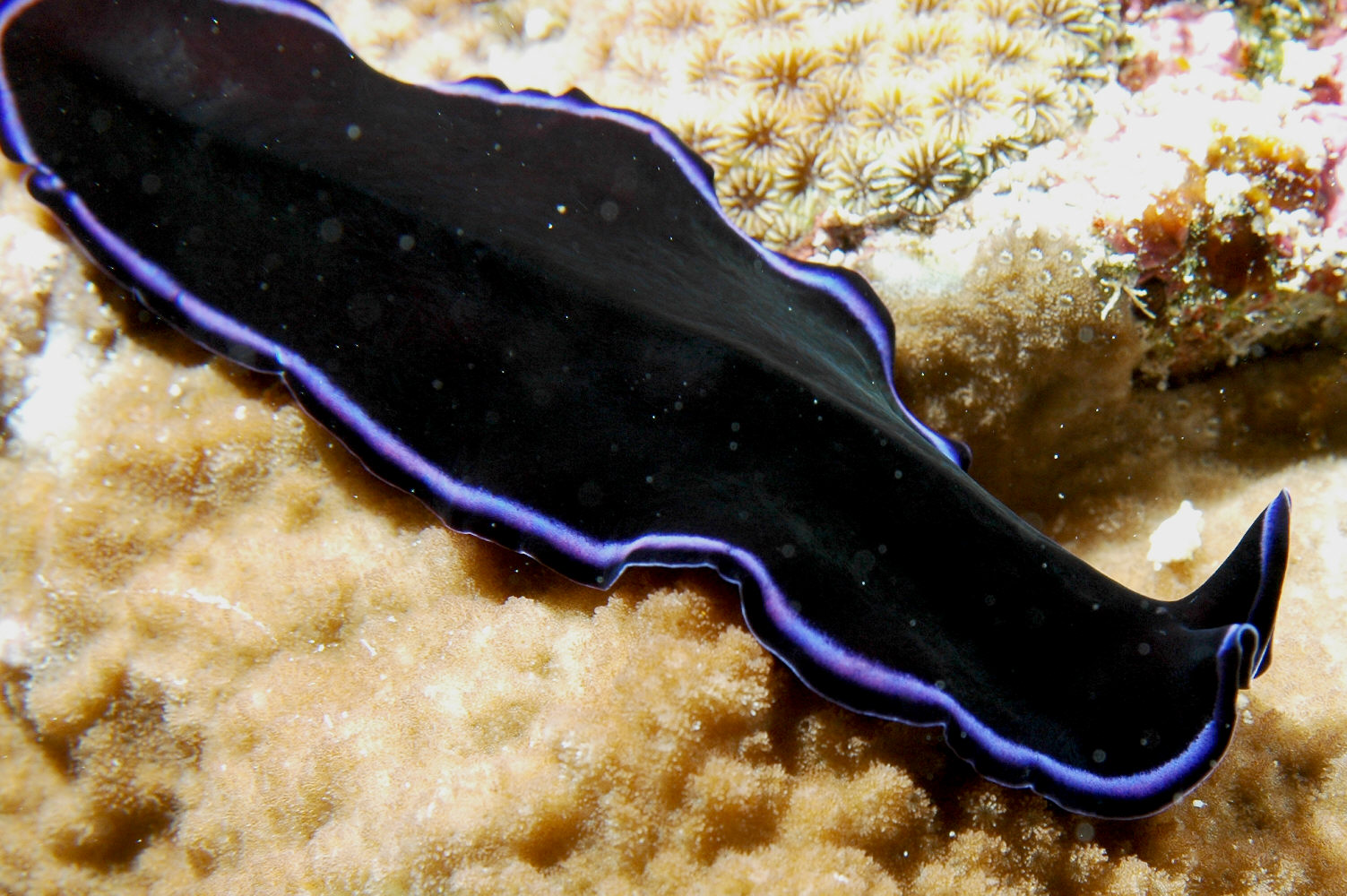
Nematods (roundworms)
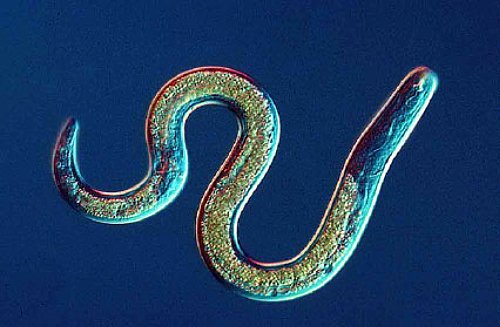
Annelida (segmented worms)

Mollusca (snail/oysters)
3 major classes
• Gastropods
• Bivalves
• Cephalopods

Arthopoda (insects)
Subphyla
• Chelicerates
• Hexapoda
• Crustacea
• Myriapoda
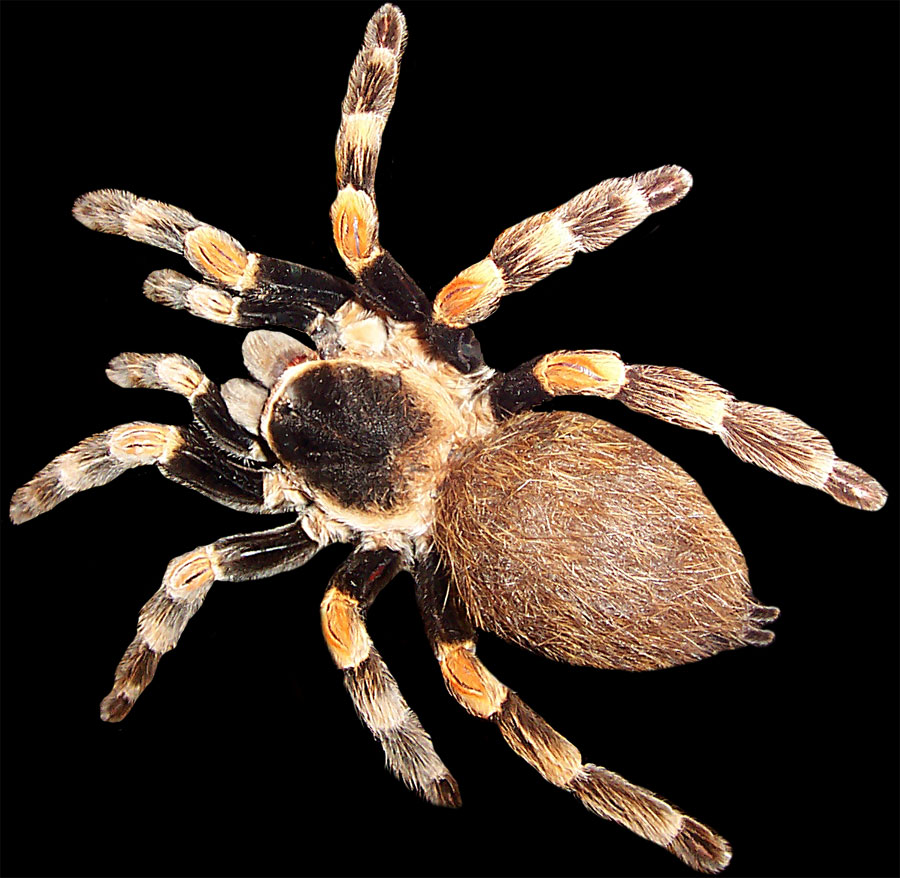
Echinodermata (starfish)

Chordata
Vertebrates
2 superclasses
Agnathans (jawless)

Gnathostomata (jawed)
Classes
Agnatha
Chondrichthyes

Osteichthyes

Amphibia
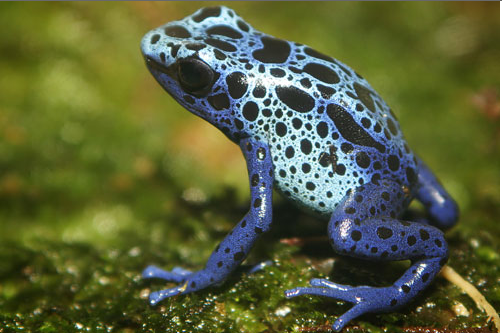
Reptilia
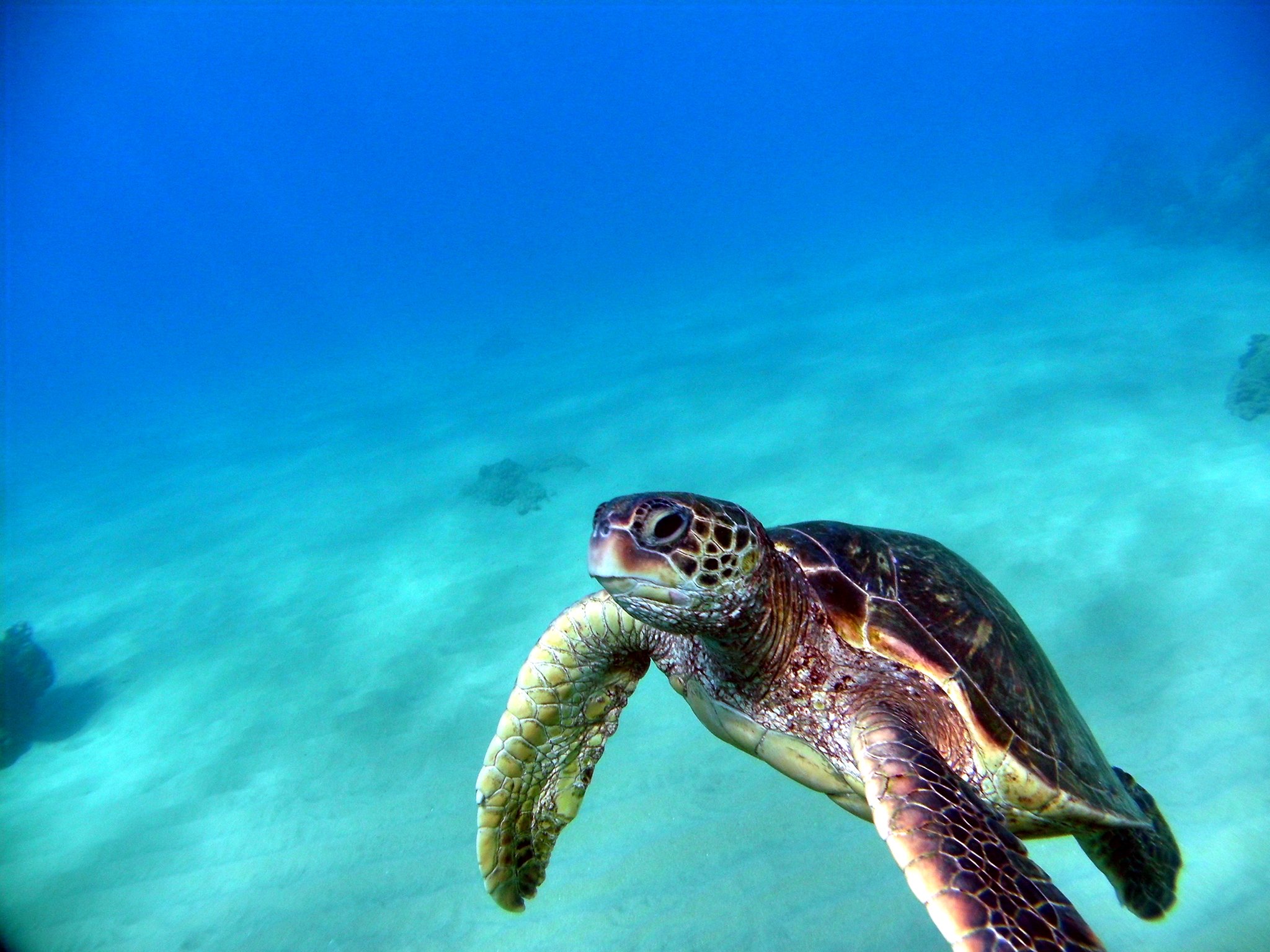
Aves
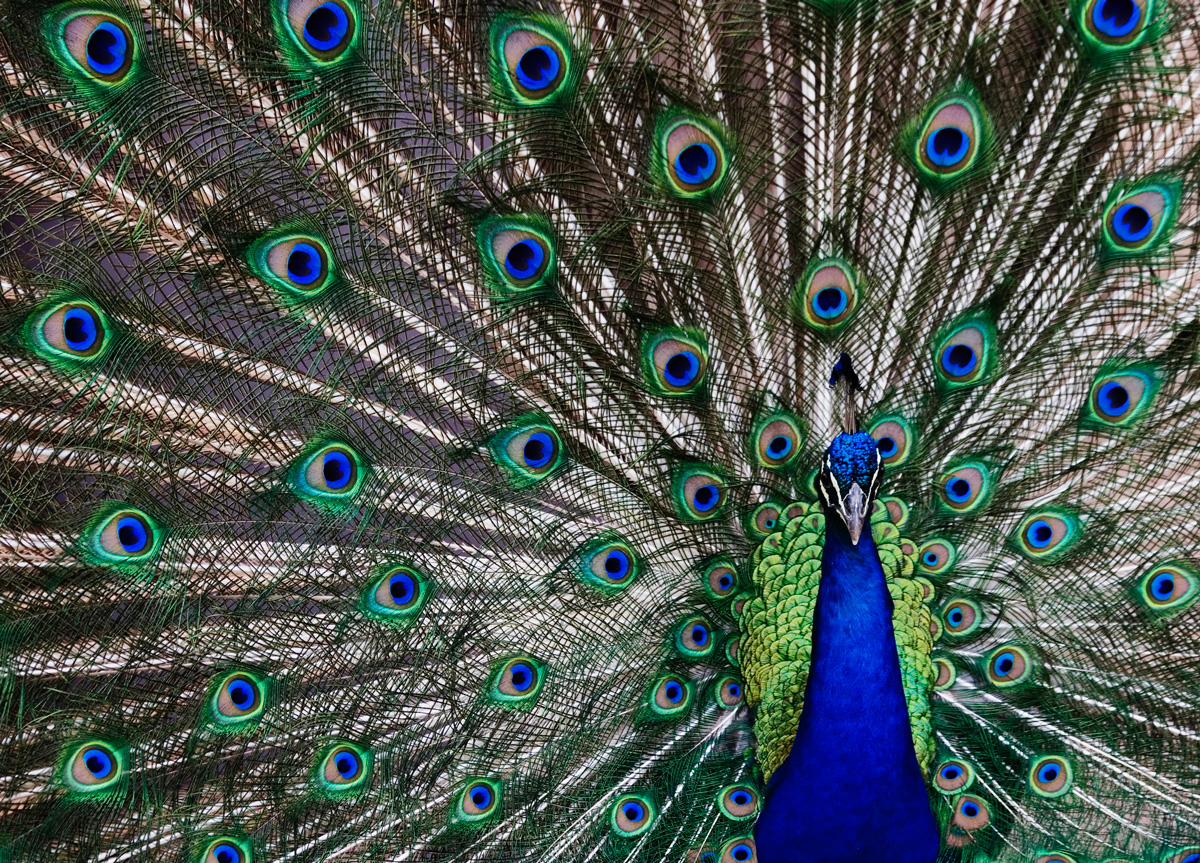
Mammals

Mammals
3 major groupings with reproductive strategy
Monotremes
Marsupial
Placental mammal
3 orders
Order Cetacea
Whales and Porpoises

Order Proboscidea
Elephants

Order Pinnipedia
Seals and Walruses
/GettyImages-10181993-56d240373df78cfb37ccd038.jpg)
